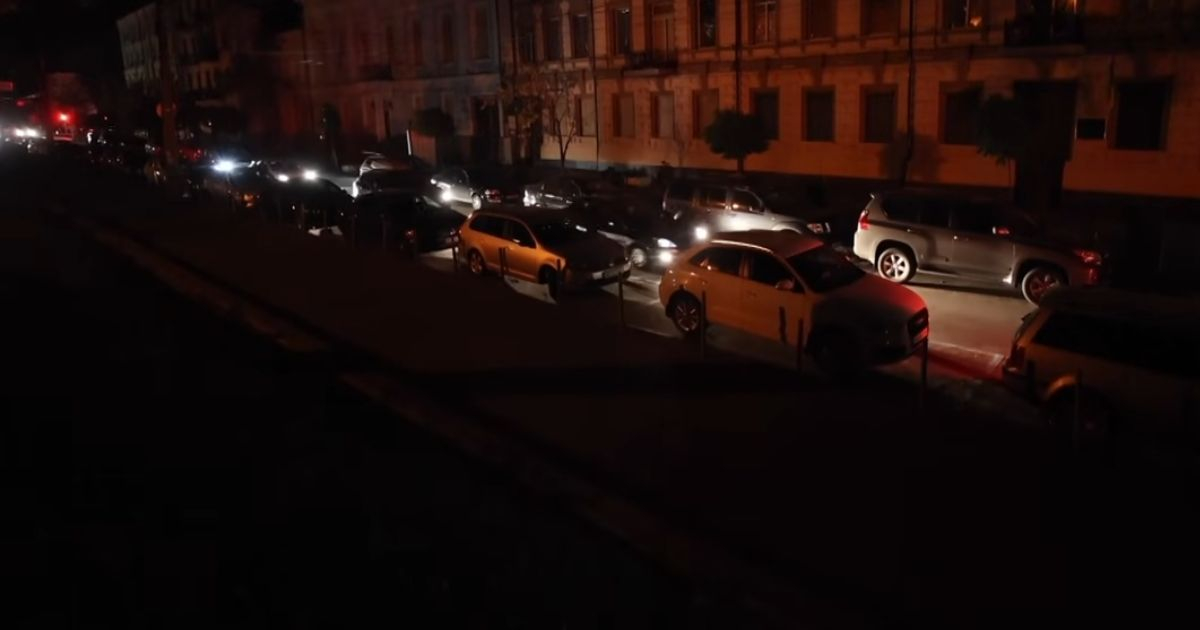Spain is grappling with an unprecedented power outage on Monday, affecting almost the entire Iberian Peninsula except for the islands and the autonomous cities of Ceuta and Melilla. Official reports indicate that just 35% of the electricity consumption has been restored so far. Prime Minister Pedro Sánchez has warned that the nation is facing "critical hours" and has urged people to limit travel, keep phone calls brief, and rely solely on official information.
El País reports that while the cause of the outage is still under investigation, the government has taken control of the emergency response in regions such as Andalusia, Extremadura, Madrid, and Murcia, following requests from these autonomous communities. Red Eléctrica de España has indicated that full power restoration will take several more hours.
Widespread Disruptions Across the Country
The massive blackout has resulted in the halting of all railway services and has disrupted subways and buses in various cities. Supermarkets are seeing long lines, and there have been numerous elevator rescues. As a precaution, some regions are making decisions regarding educational centers: while Madrid and Aragón have kept schools open without classes, Galicia has opted for closures, and Andalusia continues with regular classes.
This severe incident has also significantly impacted Portugal, where major disruptions have been reported. The Spanish government has announced a new official briefing scheduled for Monday night to provide updated details on the energy crisis.
Gradual Return of Power in Madrid
Electricity is being gradually restored in several areas of Madrid, according to El País. The city's center and neighborhoods like La Latina, Portazgo, Puente de Vallecas, Hortaleza, and Ciudad Lineal have regained power. In Madrid's outskirts, service has resumed in towns such as Las Rozas, Pozuelo, Getafe, Majadahonda, and Mirasierra, with the regional government adding Humanes, Parla, Torrejón de Velasco, and parts of Boadilla del Monte to the list.
Progressive recovery is also reported in some districts, including Chamberí, Aravaca, and Usera, though authorities caution that full restoration might take several more hours. The newspaper further noted that Spain's law enforcement has increased patrol presence nationwide in response to the widespread blackout.
Security Measures and Public Safety
On Monday, 15,000 officers from the National Police and 15,000 agents from the Civil Guard, including traffic units, are on duty. Reserve units remain on high alert, ready to respond if necessary. The Coordination Center at the Ministry of the Interior reports no significant public order incidents linked to the energy crisis so far.
Previous Blackouts: A History of Power Interruptions
This isn't the first time Spain has faced a large-scale blackout. On July 24, 2021, the country experienced a significant power interruption affecting various regions, including Catalonia, Madrid, Andalusia, and others. This incident occurred shortly before 5 p.m. and caused notable disruptions until Red Eléctrica confirmed the restoration of service around 6 p.m. via its official channels.
Years later, on May 23, 2024, Spain narrowly avoided another blackout, as reported by elEconomista.es. The national grid operator, Red Eléctrica de España (REE), had to cut power to large industries starting at 9:14 p.m., disconnecting a total of 609 MW through the Demand Response System to maintain balance and ensure household supply. This critical situation arose from a mix of factors: lower-than-expected wind power production, low hydro reserves, and the simultaneous shutdown of two nuclear plants due to a sharp drop in market prices.
The unexpected shutdown of the Ascó I nuclear plant in Tarragona, reported at 8:58 p.m., compounded the issue, leaving reserve energy below 1,000 MW—insufficient to maintain system stability in the event of further failures.
In 2024, Spain faced several near-blackout situations, according to COPE. REE activated the Demand Response System four times to temporarily disconnect large industrial consumers, ensuring power supply to homes and small businesses. One of the most critical moments was on December 13, 2024, when a combination of high demand driven by a cold wave and low wind and solar generation necessitated the emergency system's use again.
Wind production, which typically accounted for around 50% of demand, fell below 5%, while solar barely reached 10%. This dependency on fossil fuels was insufficient to meet the demand. Experts like Diego Rodríguez, a researcher at Fedea and professor at the Complutense University of Madrid, explained that this mechanism is part of the normal functioning of the electrical system, with disconnected companies doing so voluntarily through specific auctions.
Despite being activated four times in 2024, Rodríguez clarified that this wasn't an imminent blackout threat but a preventive measure to maintain the balance between energy supply and demand.
Understanding Spain's Energy Crisis
What caused the massive blackout in Spain in 2023?
The exact cause of the 2023 blackout is still under investigation, but it affected almost the entire Iberian Peninsula, sparing only the islands and autonomous cities of Ceuta and Melilla.
How has the Spanish government responded to the blackout?
The government has taken emergency control in several regions and urged citizens to limit travel, keep phone calls short, and follow official updates.
What are the implications of such blackouts for Spain's energy management?
These incidents highlight the vulnerabilities in Spain's energy infrastructure and the need for reliable backup systems and efficient energy management strategies.
